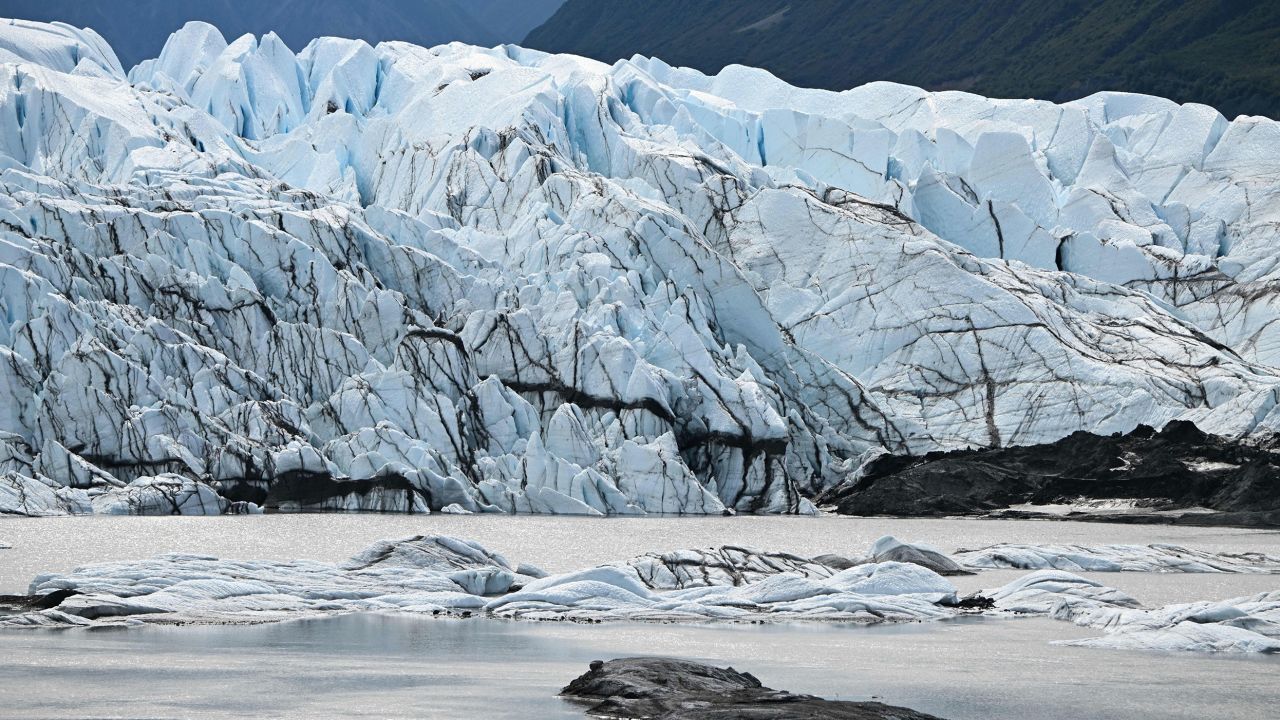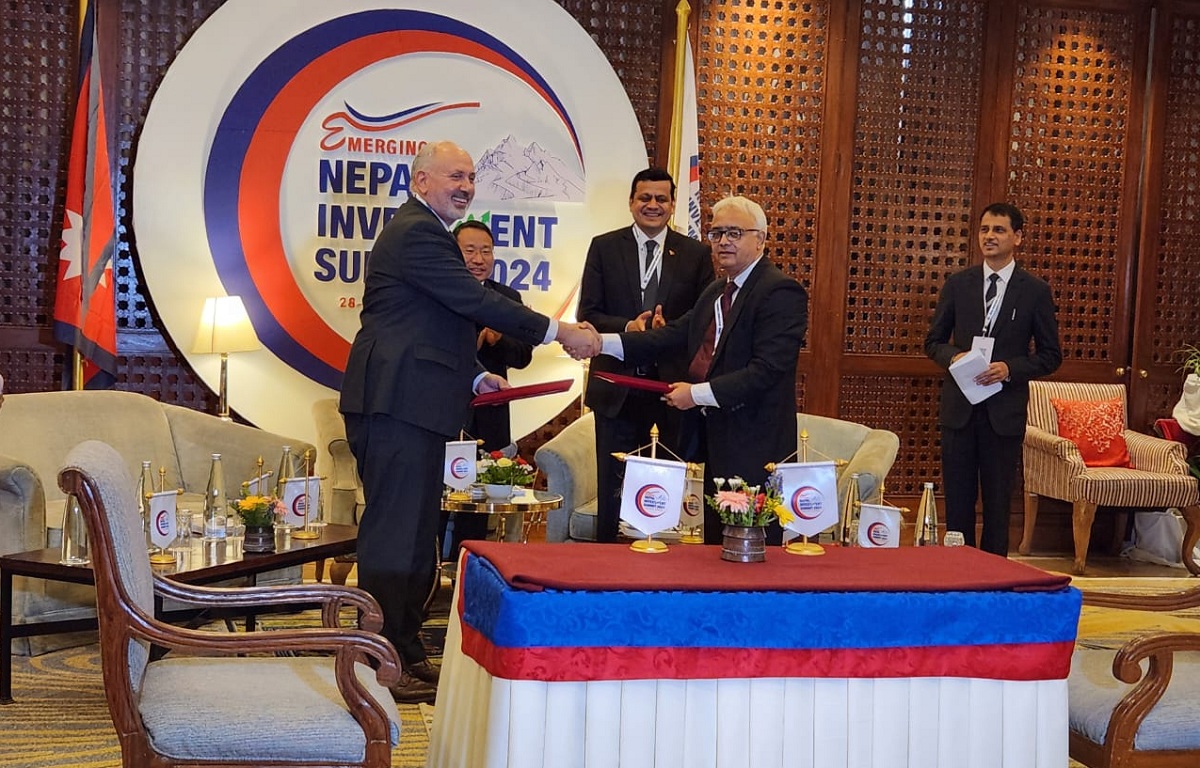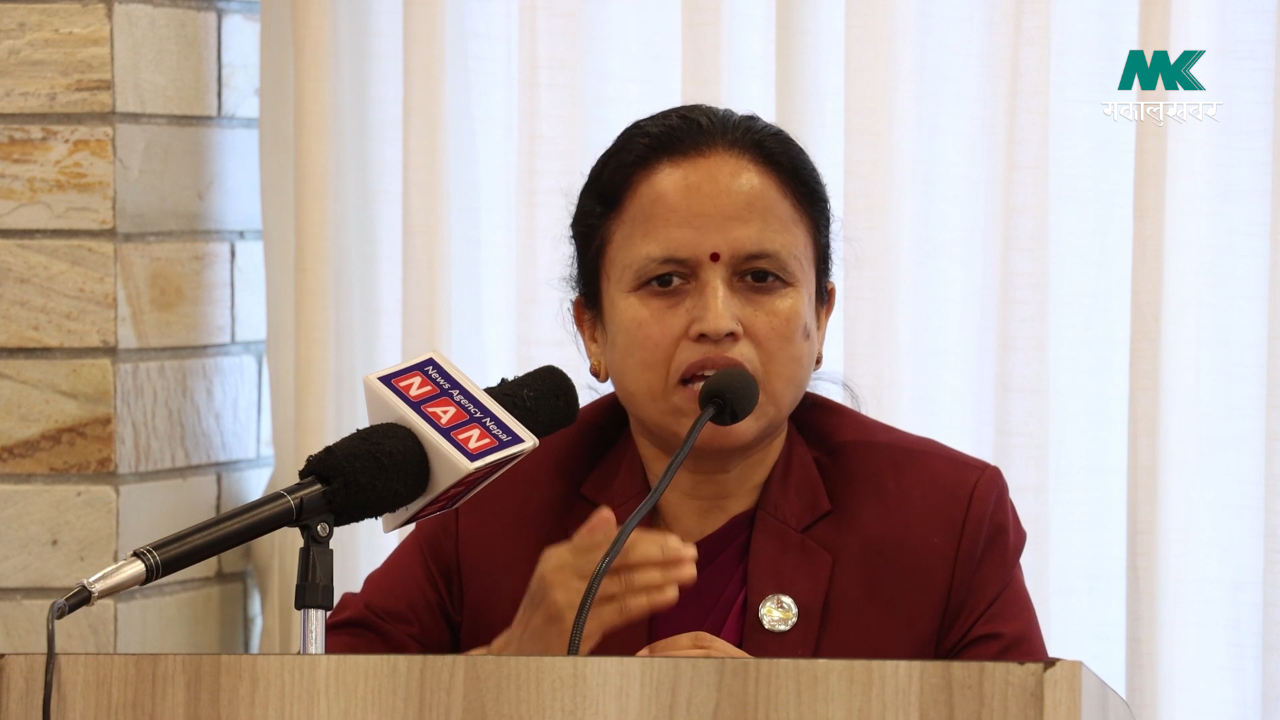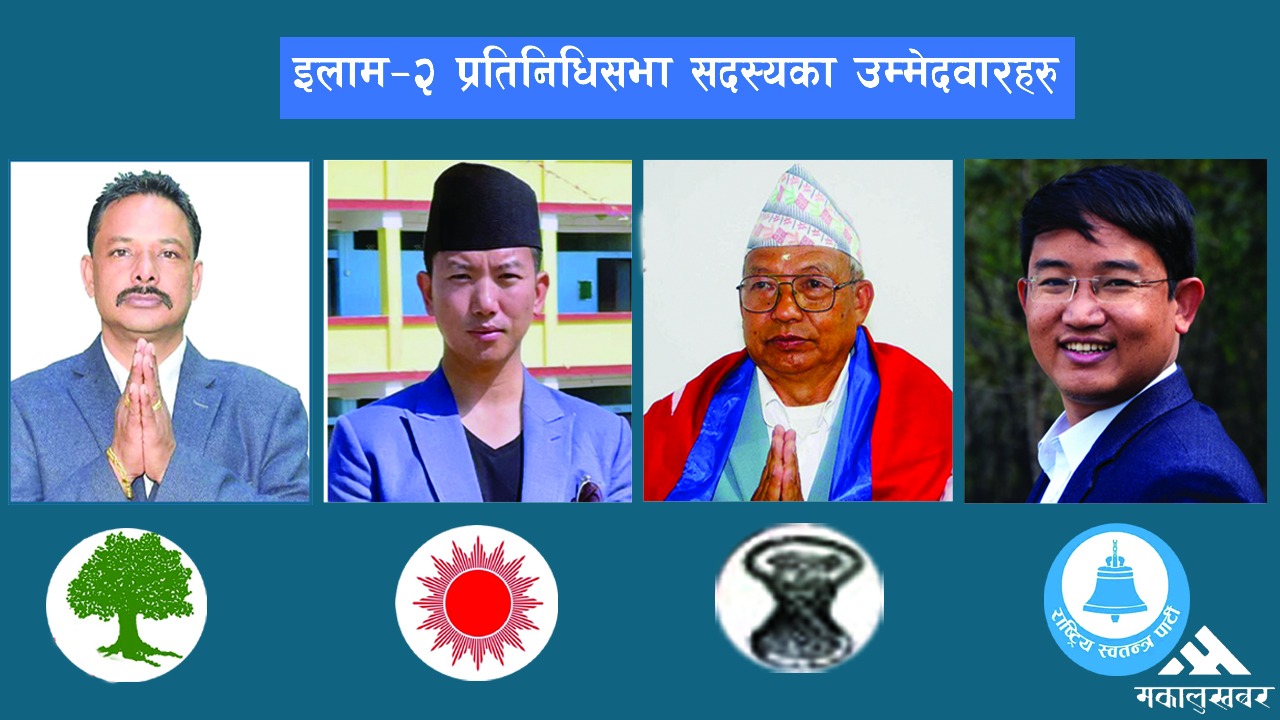HKH experiencing rapid glacier mass loss by 65 percent: ICIMOD
The rate of glacier mass loss has surged by 65 percent from an average of minus 0.17 metres water equivalent per year for the period of 2000-2009 to minus 0.28 metres water equivalent for 2010-2019.

KATHMANDU: The Hindu Kush Himalayan (HKH) region has experienced a rapid acceleration of glacier mass loss by 65 percent.
The rate of glacier mass loss has surged by 65 percent from an average of minus 0.17 metres water equivalent per year for the period of 2000-2009 to minus 0.28 metres water equivalent for 2010-2019.
According to a peer-reviewed study carried out by the International Centre for Integrated Mountain Development (ICIMOD), there has been a significant decrease in the seasonal snow cover during the summer and winter months.
Snow cover days generally declined at an average rate of five snow cover days per decade with most of the changes at lower elevation. Snow cover is likely to experience an accelerated loss in the future thanks to different global warming levels in the HKH.
With rapid glacier melt, most HKH river basins will get ‘peak water’ around mid-century, and overall water availability is expected to decrease by the end of the century.
The mean temperature is significantly increasing in all the regions of the HKH with an average observed trend of plus 0.28 degree Celsius per decade (range plus 0.015 degree Celsius per decade to plus 0.34 degree Celsius per decade for individual basins) for the period of 1951-2020.
According to the report entitled ‘Water, Ice, Society, and Ecosystems in the Hindu Kush Himalaya (HI-WISE)’, glacier mass balance has become increasingly negative, with rates surging from minus 0.17 metres water equivalent per year from 2000-2009 to minus 0.28 metres water equivalent, suggesting an acceleration in mass loss.
For a global warming level between 1.5 to 2 degrees Celsius, the HKH glaciers are expected to lose 30 to 50 percent of their volume by 2100. The snow cover extent will reduce by between 1 and 26 percent for an average temperature rise between 1.1 and 4 degrees Celsius.
Change in the active layer thickness ranges from 5-30 cm in 2011-2040 for different warming levels. The active layer thickness is projected to further increase in 2014-2070 and exceed 30 cm in 2071-2099 for warming of 3.1 degrees Celsius or higher above the 1981-2010 baseline.
The report points out recent scientific advances to map the links between the cryosphere, water, biodiversity, and society in the region, shedding light on the impacts of rapid changes in glaciers and snow on people and nature.
The HKH cryosphere is experiencing unprecedented and largely irreversible changes over human timescales particularly guided by climate change.
The impacts are according to the report becoming clear with increased warming at higher elevations, the accelerated melting of glaciers, increasing permafrost thaw, declining snow cover, and more erratic snowfall patterns.









